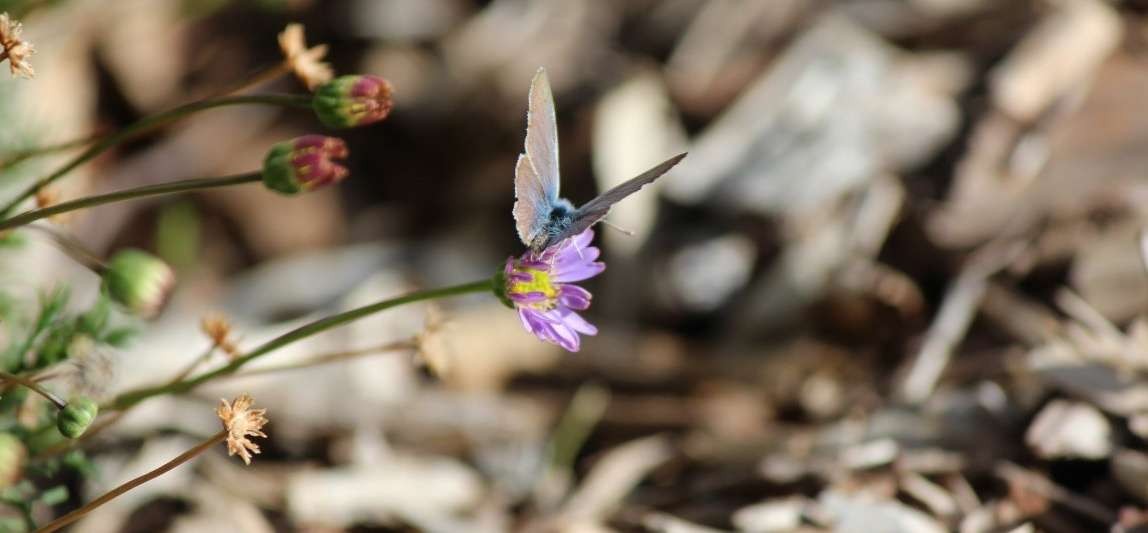Biodiversity

Our municipality’s remnant native fauna and flora have irreplaceable environmental value. From the larger expanses of native habitat along our waterways, to smaller patches on private land, and in particular, the scattered, isolated paddock trees, our native habitat is contributing to the environmental health of our municipality.
Conserving and enhancing the native vegetation remaining in Greater Shepparton is vital to provide habitat links to other areas of native vegetation, and for the preservation of biological and genetic diversity of our indigenous species.
Prior to European settlement, our landscape contained a richly diverse and complex mosaic of vegetation communities, from dry granite hills to wet riparian environments, with around 80 per cent of the Greater Shepparton landscape known as plains woodland.
Today, our indigenous flora and fauna are largely restricted to refuge areas along roadsides and riparian bushland with less than 2.5 per cent of the pre-European settlement native vegetation remaining. This vegetation is usually in a poor ecological state and under constant threat from further degradation.
The native fauna dependant on this vegetation for habitat is also under significant threat. Many native species are now locally extinct from our region, or are listed as endangered or vulnerable. This is largely due to habitat destruction, and invasive pests such as cats, Indian myna birds and foxes predating our wildlife.

